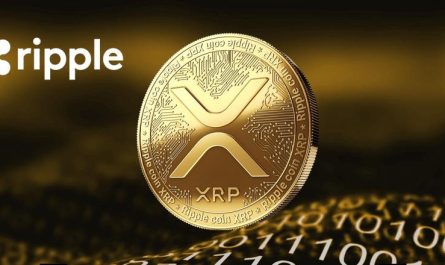“Mining” is the distributed verification system used by most blockchain-based cryptocurrencies. It both facilitates transactions and provides the mechanism by which new currency is introduced into a cryptocurrency system—typically as a reward to verifiers for their work supporting the network. For example, Bitcoin has a maximum supply limit of 21 million tokens that are steadily released as more and more transactions are verified,
XRP, in contrast, was “pre-mined,” meaning the XRP Ledger created 100 billion units that were then periodically released publicly.
Ripple owns a portion of XRP in circulation, and that is an incentive for it to help the cryptocurrency grow and be successful over time. Another proportion of XRPs is held in reserve for regular release into the market through sales.
Understandably, this has led to concerns that a lot of XRP could be released at once, diluting the value of other XRP already in circulation because part of what gives any currency its value is its comparative scarcity.
“The company has tried to reduce the uncertainty by implementing several mechanisms (trust, predictable release, etc.),” says Tim Enneking, principal of Digital Capital Management. That mining vs. pre-mining distinction may also be a reason for its 2020 conflict with the U.S. Securities and Exchange Commission (SEC).
